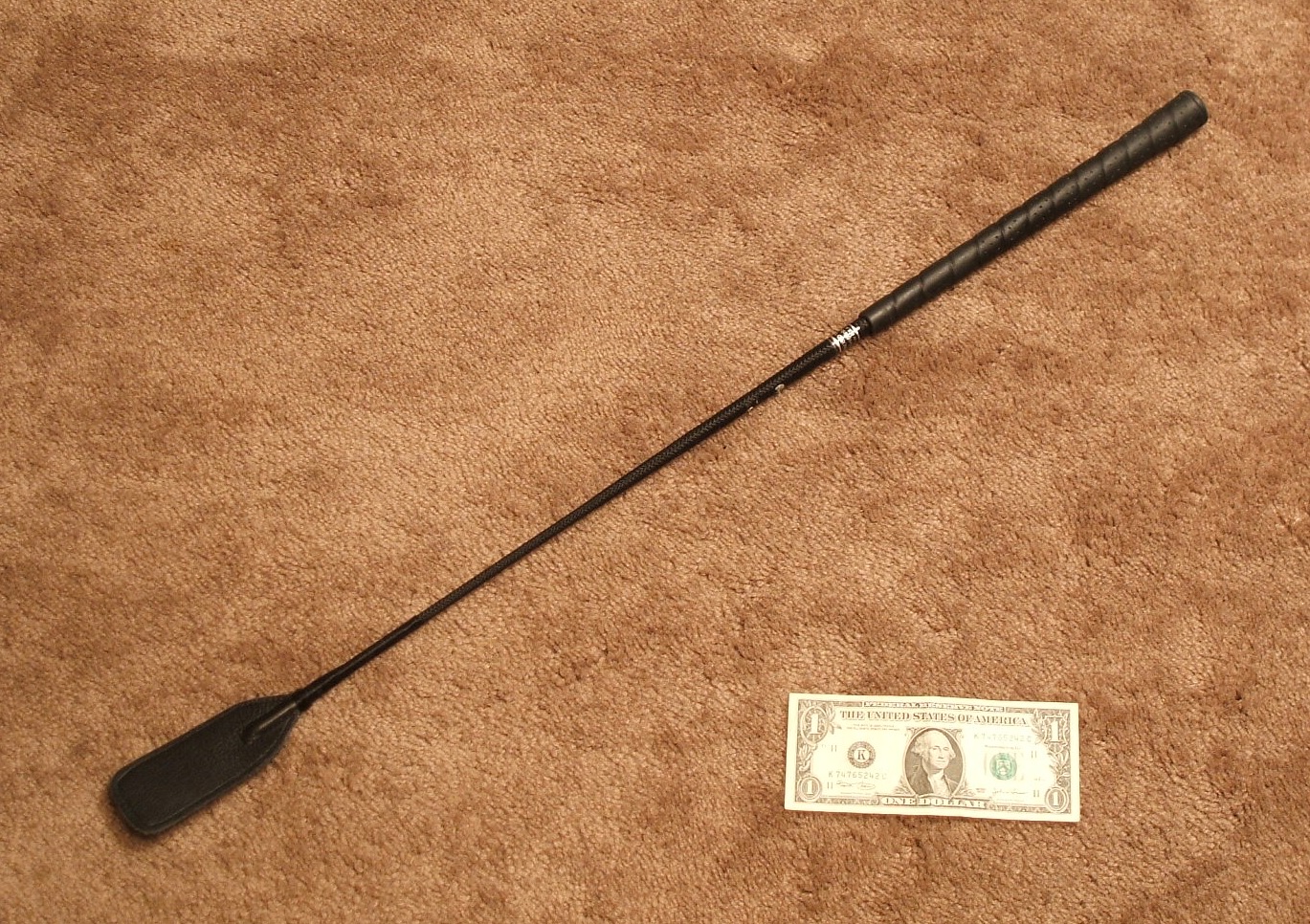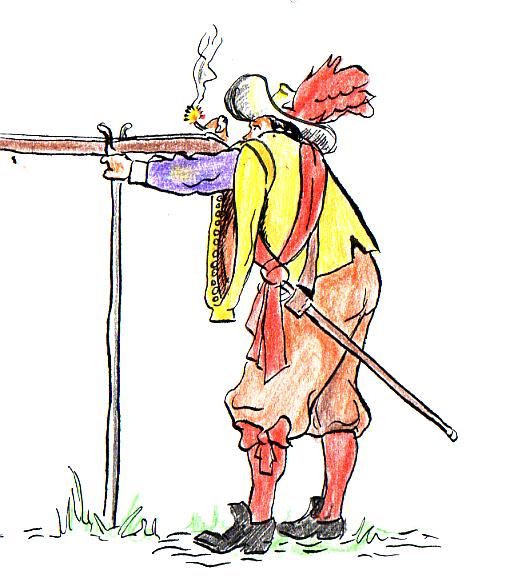|
Zatoichi And The Chest Of Gold
is a 1964 Japanese Chambara film directed by Kazuo Ikehiro starring Shintaro Katsu as the blind masseur Zatoichi, originally released by the Daiei Motion Picture Company (later acquired by Kadokawa Pictures). It also stars Tomisaburo Wakayama who would later play the lead in the Lone Wolf and Cub series. ''Zatoichi and the Chest of Gold'' is the sixth episode in the 26-part film series devoted to the character of Zatoichi, following Zatoichi on the Road and preceding Zatoichi's Flashing Sword. Plot Ichi travels to the village of Itakura to pay respects at the grave of a man he killed two years earlier. At the grave he reminisces on a fight between the two yakuza gangs (Iioka and Sasagawa from an earlier film) one man ran away and, though Ichi was not taking part in the fight, attacked Ichi. The dead man's sister, Chiyo, overhears Ichi say this to himself. Ichi is invited to take part in a village celebration: after three years of drought and near famine they and seventeen ... [...More Info...] [...Related Items...] OR: [Wikipedia] [Google] [Baidu] |
Kazuo Ikehiro
is a Japanese film director. He is known for directing Zatoichi series and the highly acclaimed Malay film Onna Gokuakuchō. In 1950, he joined the Daiei Film and started working as an assistant director under Kenji Mizoguchi etc. In 1960, he was promoted to director and debuted with ''Bara Daimyo''. Selected filmography Film *''Bara Daimyo'' (1960) *''Zatoichi and the Chest of Gold'' (1964) *'' Zatoichi's Flashing Sword'' (1964) *'' Shinobi No Mono 5: Return of Mist Saizo'' (1964) *'' Sleepy Eyes of Death 4: Sword of Seduction'' (1964) *'' Zatoichi's Pilgrimage'' (1966) *'' Sleepy Eyes of Death 9: A Trail of Traps'' (1967) *'' Broken Swords'' (1969) *'' Sleepy Eyes of Death 12: Castle Menagerie'' (1969) *''Nemuri Kyōshirō manji giri'' (1969) *''Onna Gokuakuchō'' (1970) *''Kesho'' (1984) Television * Nemuri Kyōshirō (TV series) (1972) Episode8,11 * Kogarashi Monjirō (1972) Episode5,9 * Amigasa Jūbei (1974-7) Episode9,10 *Monkey (TV series) , (titled ''Monkey' ... [...More Info...] [...Related Items...] OR: [Wikipedia] [Google] [Baidu] |
Whip
A whip is a blunt weapon or implement used in a striking motion to create sound or pain. Whips can be used for flagellation against humans or animals to exert control through pain compliance or fear of pain, or be used as an audible cue through the distinct whipcrack effect. The portion used for striking is generally either a firm rod designed for direct contact, or a flexible line requiring a specialized swing. The former is easier and more precise, the latter offers longer reach and greater force. Some varieties, such as a hunting whip or lunge whip, have an extended stock section in addition to the line. Whips such as the "cat o' nine tails" and knout are specifically developed for corporal punishment or torture on human targets. Certain religious practices and BDSM activities involve the self-use of whips or the use of whips between consenting partners. Misuse on animals may be considered animal cruelty, and misuse on humans may be viewed as assault. Use Whips are genera ... [...More Info...] [...Related Items...] OR: [Wikipedia] [Google] [Baidu] |
The Criterion Collection
The Criterion Collection, Inc. (or simply Criterion) is an American home video, home-video distribution company that focuses on licensing, restoring and distributing "important classic and contemporary films". A "sister company" of art film, arthouse film distributor Janus Films, Criterion serves film and media scholars, Cinephilia, cinephiles and public and academic libraries. Criterion has helped to standardize certain aspects of home-video releases such as Film preservation, film restoration, the Letterboxing (filming), letterboxing format for widescreen films and the inclusion of bonus features such as scholarly essays and documentary content about the films and filmmakers. Criterion most notably pioneered the use of Audio commentary, commentary tracks. Criterion has produced and distributed more than 1,200 special editions of its films in VHS, Betamax, LaserDisc, DVD, Blu-ray and Ultra HD Blu-ray formats and box sets. These films and their special features are also available v ... [...More Info...] [...Related Items...] OR: [Wikipedia] [Google] [Baidu] |
Mikiko Tsubouchi
Mikiko (written: 幹子, 美樹子, 美起子, 美紀子, 美希子 or みきこ in hiragana) is a feminine Japanese given name. Notable people with the name include: *, Japanese weightlifter *, Japanese voice actress *, Japanese women's basketball player *, Japanese photographer *, Japanese handball player *, Japanese actress *, known professionally as Mikiko (choreographer), MIKIKO, Japanese choreographer *Mikiko Ponczeck (born 1984), German-Japanese comic book artist *, Japanese politician *, Japanese high jumper *, Japanese sprint canoeist {{given name Japanese feminine given names Feminine given names ... [...More Info...] [...Related Items...] OR: [Wikipedia] [Google] [Baidu] |
Tatsuya Ishiguro
is a common masculine Japanese given name. Written forms Tatsuya can be written using different kanji characters and can mean: *達也, "master/accomplished, to be" *達矢, "master/accomplished, arrow" *竜也, "dragon, to be" *竜哉, "dragon, how" *竜弥, "dragon, all the more" *辰也, "sign of the dragon, to be" *龍也, "dragon, to be" The name can also be written in hiragana or katakana. People with the name *, Japanese footballer * Tatsuya Egawa (達也, born 1961), Japanese manga artist *, Japanese manga artist * Tatsuya Enomoto (達也, born 1979), Japanese footballer *Tatsuya Fuji (born 1941), Japanese film actor *Tatsuya Fujiwara (竜也, born 1982), Japanese actor *, Japanese boxer *, Japanese volleyball player * Tatsuya Futakami, Japanese shogi player * Tatsuya Furuhashi (born 1980), Japanese football player * Tatsuya Hiruta (達也), Japanese manga artist * Tatsuya Hori (born 1935), Japanese politician * Tatsuya Isaka (達也, born 1985), Japanese actor * Tats ... [...More Info...] [...Related Items...] OR: [Wikipedia] [Google] [Baidu] |
Machiko Hasegawa (actress)
was a Japanese manga artist and one of the first female manga artists. She started her own comic strip, ''Sazae-san'', in 1946. It reached national circulation via the ''Asahi Shimbun'' in 1949, and ran daily until Hasegawa decided to retire in February 1974. All of her comics were printed in Japan in digest comics; by the mid-1990s, Hasegawa's estate had sold over 60 million copies in Japan alone. Life and career Machiko Hasegawa was born January 30, 1920, in Taku, Saga Prefecture. When she was 15, her father died and the family moved to Tokyo, where she took up drawing cartoons. She successfully published several in magazines and newspapers, such as , , , and a few that only ran for a short while. Her comics were the first to follow a consistent four-panel layout, which later became the standard. Hasegawa never married, instead living with her older sister Mariko. Both were art collectors, and their collection is housed in the Hasegawa Machiko Art Museum. The two started ... [...More Info...] [...Related Items...] OR: [Wikipedia] [Google] [Baidu] |
Shōgo Shimada (actor)
(December 13, 1905 – January 26, 2004) was a Japanese film actor. Filmography Shōgo Shimada appeared in 49 films from 1951 to 1995. * ''Natsumatsuri Sandogasa'' (1951) - Shinzô * '' Kunisada Chūji'' (1954) - Enzô * ''Jigoku no kengô Hirate Miki'' (1954) - Shûsaku Chiba * '' Kutsukake Tokijirō'' (1954) - Kutsukake Tokijirō * '' Rokunin no Ansatsusha'' (1955) * ''Osho ichidai'' (1955) - Irie * ''Tôi hitotsu no michi'' (1960) - Takamori Saigo * '' Satan's Sword'' (1960) - Shimada Toranosuke * '' Zatoichi and the Chest of Gold'' (1964) * ''Showa zankyo-den: Ippiki okami'' (1966) * ''Japan's Longest Day'' (日本のいちばん長い日 Nihon no ichiban nagai hi) (1967) - Lt. General Takeshi Mori - CO 1st Imperial Guards Division * ''Yûbue'' (1967) - Ginzô Tsutsui * ''Jinsei-gekijô: Hishakaku to kiratsune'' (1968) * ''Aa, kaigun'' (1970) - Admiral Isoroku Yamamoto * ''Ezo yakata no ketto'' (1970) - Jirozaemon Ezo * ''Hana to namida to honoo'' (1970) - Seijuro Fujihan ... [...More Info...] [...Related Items...] OR: [Wikipedia] [Google] [Baidu] |
Bodaiji
A in Japanese Buddhism is a temple which, generation after generation, takes care of a family's dead, giving them burial and performing ceremonies in their soul's favor.Iwanami kojien The name is derived from the term , which originally meant just Buddhist enlightenment (satori), but which in Japan has also come to mean either the care of one's dead to ensure their welfare after death or happiness in the beyond itself. Several samurai families including the Tokugawa had their ''bodaiji'' built to order, while others followed the example of commoners and simply adopted an existing temple as family temple. Families may have more than one ''bodaiji''. The Tokugawa clan, for example, had two, while the Ashikaga clan had several, both in the Kantō and the Kansai areas. Some famous ''bodaiji'' *The Hōjō clan's Tōshō-ji in Kamakura (Kamakura period) (destroyed in 1333) *The Hōjō clan's Hōkai-ji in Kamakura (Muromachi period) *The Ashikaga's Tōji-in in Kyoto (Muromachi pe ... [...More Info...] [...Related Items...] OR: [Wikipedia] [Google] [Baidu] |
Musketeers
A musketeer ( ) was a type of soldier equipped with a musket. Musketeers were an important part of early modern warfare, particularly in Europe, as they normally comprised the majority of their infantry. The musketeer was a precursor to the rifleman. Muskets were replaced by breech loading rifles as the almost universal firearm for modern armies during the period 1850 to 1870. The traditional designation of "musketeer" for an infantry private survived in the Imperial German Army until World War I. Historical antecedents The hand cannon was invented in Song dynasty China in the 12th century and was in widespread use there in the 13th century. It spread westward across Asia during the 14th century. The hand cannon evolved into the arquebus that appeared in Europe and the Ottoman Empire during the 15th century. The term musket was originally used to describe a heavy arquebus capable of penetrating heavy armor. Although this heavy version of the musket fell out of use after the mid-16 ... [...More Info...] [...Related Items...] OR: [Wikipedia] [Google] [Baidu] |


